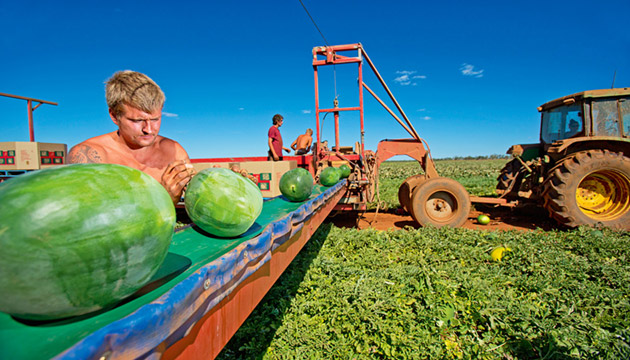The Northern Food Bowl has long been the El Dorado of Australian agriculture. With the north’s green image, plentiful water and proximity to a burgeoning Asian middleclass, there is a renewed push for irrigation developments there.
Story By Nathan Dyer
The Commonwealth Scientific and Industrial Research Organisation (CSIRO) has identified 600 gigalitres of aquifers with potential to triple groundwater irrigated land in northern Australia to 60,000ha. Stretching from Broome in the west to Townsville in the east, northern Australia receives more than one million gigalitres of rainfall each year – more than eight-and-a-half times the annual run-off in the Murray Darling Basin. A mix of rolling savannah, rugged ranges and broad river flats, the area is home to some of the country’s mightiest rivers including the Fitzroy, Ord, Victoria, Flinders and Burdekin. CSIRO estimates the region may have up to 17 million hectares of soils suitable for irrigated crops. To the north, lucrative Asian markets await. Asian food demand is expected to double by 2050.
Despite the potential, northern Australia accounts for less than seven percent of the nation’s irrigated farm area growing about $600 million worth of produce annually. But with Top End economies expanding the ideal of irrigated-food production in the north is gaining renewed momentum. The Northern Territory is the country’s fastest growing economy and regional centres across the north are thriving. Governments are reinvigorating efforts to harness the region’s irrigation potential by reducing red tape and funding new research and development.
This story excerpt is from Issue #91
Outback Magazine: Oct/Nov 2013










